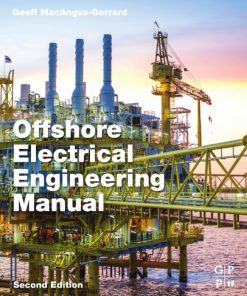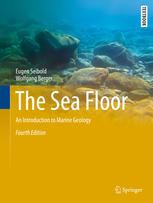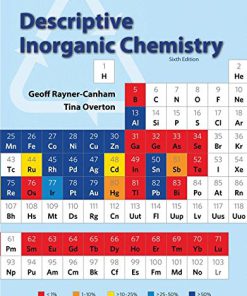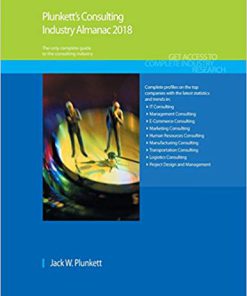Chemical Munitions Sea Dumping off Australia 4th Edition by Geoff Plunkett 9780987427960 0987427962
$50.00 Original price was: $50.00.$25.00Current price is: $25.00.
Chemical Munitions Sea Dumping off Australia 4th Edition by Geoff Plunkett- Ebook PDF Instant Download/Delivery:9780987427960,0987427962
Full download Chemical Munitions Sea Dumping off Australia 4th Edition after payment
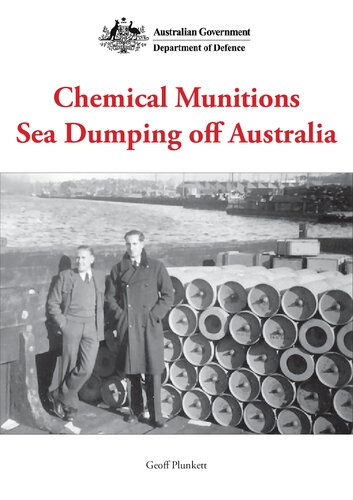
Product details:
ISBN 10:0987427962
ISBN 13:9780987427960
Author:Geoff Plunkett
While the dumping of material in the sea is now restricted, historically, the disposal of
unwanted waste in the ocean has been a common international practice. The ocean was long
considered to have an unlimited absorptive capacity, ensuring that any dumped waste would
have only a very localised effect. Moreover, the material w a s d e l i b e r a t e l y d u m p e d
well away from human activity. Many items, including boats, chemicals, ammunition,
inorganic waste and other hazardous material were dumped in the world’s seas often with
little understanding of the possible danger to human safety and the ecology of the sea.4
There was no expectation that the dumping areas would be exploited for their resources
at some point in the future. In the early 1970s, fishing trawlers operating at a depth over
120 metres were considered to be working in ‘very deep water’. Today, however, trawlers in
Australian waters work in depths to 1500 metres and material dumped in previous decades
has been accidentally recovered. Such recoveries attracted public attention in 1972–1973
when several drums of industrial waste were recovered by trawlers off Sydney. There were
immediate moves to limit sea dumping, culminating in the introduction of the Environment
Protection (Sea Dumping) Act 1981. Currently, most permits are issued solely for dredge
spoil disposal and for the creation of artificial reefs.5
During World War II chemical munition stocks were held at many sites around Australia.
Japanese expansion had reached as far as Papua New Guinea and Japanese forces had been
known to use chemical weapons during the fighting in mainland China. For its part,
Australia had reserved the right to use chemical weapons in order to retaliate. The stocks of
chemical munitions in Australia were held under General MacArthur’s Chemical Warfare
Plan for the South West Pacific Area (SWPA). Although their use was dependent on the
joint agreement of General MacArthur and the Australian Prime Minister, the stocks were
stored in Australia under US Army, Royal Australian Air Force (RAAF), Australian
Army or Navy supervision. None of the chemical warfare materials stockpiled in Australia
were used during combat and at the end of the war the material required disposal.6
This report, based on Australian and US government records and other published
material, surveys where chemical munitions have been dumped in Australian seas and
precisely what quantities have been dumped.7
The report also examines what may have
happened to the containers after they were dumped, including the corrosion rate of the
cylinders/munitions and the breakdown of mustard gas.8
It is vital to know precisely
where chemical weapons may lie, both to prevent human contact and to assess the possible
ecological consequences.
Chemical Munitions Sea Dumping off Australia 4th Table of contents:
International Resolution on Chemical Munitions Dumped at Sea
Chemical Munitions Sea Dumping Episodes
International Dumping of Chemical Munitions
Chemical Munitions Dumping in Australian Waters
Northern Territory
Unknown Location (1944)
East Timor (1945)
Queensland
Townsville (1943)
Mourilyan Harbour (1944)
North Brook Island (1944)
Townsville (1945)
65-lb Bombs and M47A2 100-lb Bombs
320 M47A2 100-lb Bombs
700 65-lb Bombs
Cape Moreton (1945)
Cape Moreton (1956/1957)
Cape Moreton (1970)
John Brewer Reef
New South Wales
Sydney (1946)
Sydney (1965)
Victoria
King Island (1948)
Exposure to Dumped Chemical Munitions
International Incidents
Australian Incidents
Maroochydore (1945)
Cape Moreton (1945)
Townsville (1945)
Coral Sea (1970)
Moreton Island (1983)
Moreton Island (1999/2000)
The Fate of Chemical Munitions and Chemical Warfare Agents After Dumping
Corrosion of cylinders
The breakdown of Chemical Warfare Agents in sea water
Factors affecting the breakdown of mustard gas in sea water
Effects of sea currents and temperature on breakdown rate
Risks to the public in Australia
Potential environmental effects
The Future of Dumped Chemical Munitions in Australian Waters
People also search for Chemical Munitions Sea Dumping off Australia 4th:
munitions dumped at sea
dumped munitions
chemical weapons dumped at sea
ammunition ship explosion ww2
ammunition ship explosion
Tags:
Geoff Plunkett,Munitions,Chemical,Dumping,Australia
You may also like…
Engineering
Education Studies & Teaching
Reconceptualising Information Processing for Education Geoff Woolcott
Earth Sciences - Oceanography
The Sea Floor An Introduction to Marine Geology 4th Edition Eugen Seibold
Fiction - Contemporary Fiction
Housekeeping & Leisure - Interior Design & Decoration
Revolution Interior Design from 1950 1st Edition Drew Plunkett (Author)
Politics & Philosophy
Politics & Philosophy - Social Sciences
Dumping In Dixie Race Class And Environmental Quality Bullard
Business & Economics - Mathematical Economics




